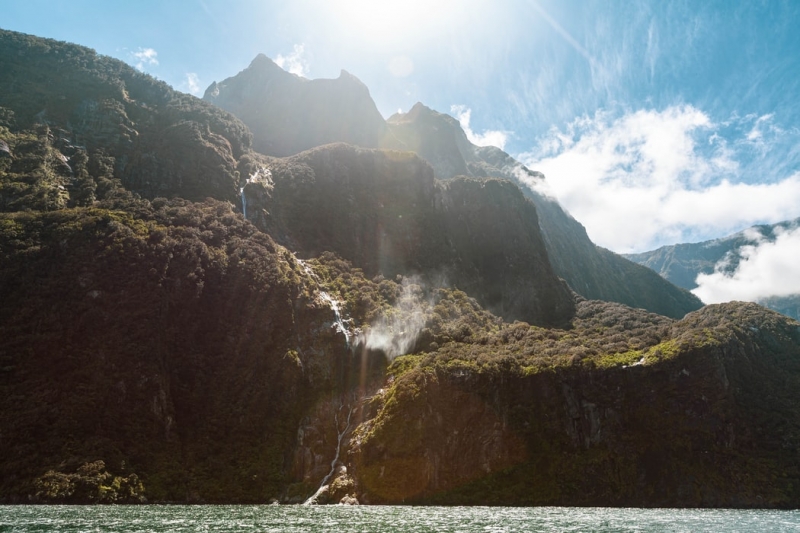
Image credit: Alex Viau
A magnitude-5.9 earthquake struck near Milford Sound in New Zealand on Thursday morning.
According to reports, the shake occurred at 10.20 a.m and the quake’s epicentre was 35 kilometres west of New Zealand’s most spectacular natural attraction.
Some 3700 people residing in the area felt the tremors even though it was very shallow, at just 5 kilometres underwater.
“We certainly felt it. We’ve got cars out the front here and they were just rolling around in the carpark there,” Helen Archer, an employee at Te Ānau Helicopters, told the New Zealand Herald.
“It was just rolling. The two of us here feel a bit car-sick or sea-sick still.”
There were no immediate reports of damage.
Shaking was felt in various areas including Queenstown, Wanaka, and Dunedin. In fact, a handful of residents from the lower North Island also felt the quake.
Several aftershocks, including quakes measuring 3.4 and a 4.2, followed the larger earthquake. As of 11am, there had been 10 aftershocks. However, they were not strong enough to be perceived.
GeoNet seismology and strong motion specialist Dr Muriel Naguit said the earthquake was a result of reverse faulting. This happens when the Earth’s crust is being compressed, and one block of crust moves up and over the other.
Milford Sound lies within Fiordland National Park. It is one of New Zealand’s biggest tourism draw cards. People from all over flock to this hotspot to revel in the integrity of its natural beauty which remains untouched. It boasts an amalgamation of features such as towering mountains, magical waterfalls and a whole world of marine life.
Also read: 8 Fantastic Reasons Why We Love New Zealand (And Why We Think You Will, Too)
Why is New Zealand prone to earthquakes?
New Zealand lies within a geographical area of high volcanic and seismic activity known as the Ring of Fire. The Ring of Fire is a path along the Pacific Ocean and is home to 75% of the world’s volcanoes – a string of at least 450 active and dormant volcanoes.
GNS Science detects over 15,000 earthquakes in New Zealand annually. In spite of that, most earthquakes are too small to be felt.
A 7.8 magnitude Kaikoura earthquake which took place in the South Island of New Zealand on 14th November 2016 has been described as the “most complex earthquake ever studied”. The impacts were wide-ranging. It resulted in two fatalities and consequential damage to buildings across the city and outlying areas. It even triggered a tsunami and a large number of landslides.




